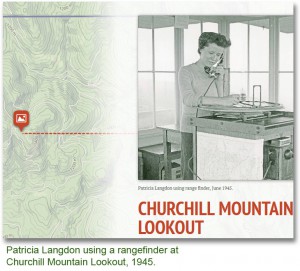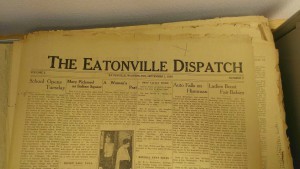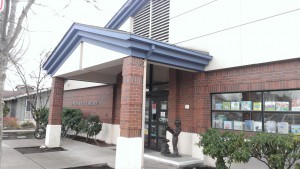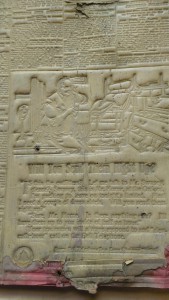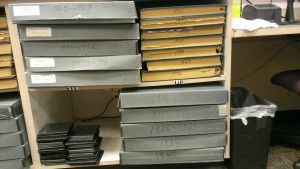From the desk of Marlys Rudeen
I will admit to a weakness for a murder mystery – but one from the early 1920’s with shady characters, a missing trunk, divers in Lake Union, forgery, fraud and general unsavoriness? Well, that’s irresistible. And all done up in purple prose by the Seattle Star? Even better!
Feel free to follow the story yourself by looking at the Seattle Star in Chronicling America (http://chroniclingamerica.loc.gov/lccn/sn87093407/issues/1921/). I’ve listed the dates and pages below.
May 25, 1921, p. 1
Meet James and Kate Mahoney. James is 37, an ex-convict, paroled from Walla Walla in December of the previous year after assault and robbery charges in Spokane, and a former train conductor before that. He is being held on forgery charges at the time the story breaks. He marries Kate Mooers on Feb. 19, 1921. Kate is 72 and quite well off, owning several buildings in Seattle. Kate Mooers is the former Kate Keeler “whose dance hall and allied activities at Butte in the late 80s were celebrated thruout the Northwest.” (Hard to see what could go wrong.)
A few months after the wedding the “aged and wealthy bride” is missing. Her husband insists she is traveling… in Cuba. The Captain of Detectives is planning on dragging Lake Union for a mysterious trunk. And James Mahoney “the ex-convict bridegroom” is held in the city jail on charges of forging various documents that allow him access to his wife’s resources.
Mahoney insists that they went to St. Paul, MN for their honeymoon, where they quarreled (coincidentally after Mrs. Mahoney signed papers allowing her husband power-of-attorney and access to her safety deposit box.) The bride then departed to travel to Havana via New York. The forgery charge arose after he used the papers to gain access to the safety deposit box.
In the weeks and months to come there are rumors, mysterious witnesses, blind alleys of inquiry, charges and countercharges, dueling lawyers and a cast of peculiar characters. I’ve tried to list some of the more significant points on the timeline below.
May 26, 1921, p.1
A trunk lid and hair found in Lake Union by a houseboat resident near the Lake Union auxiliary power plant! (Not the right trunk.)
A floating body seen in the bay at Edmonds! (Later determined to be a logger – May 27, 1921)
Mahoney sends a telegram to his wife care of the N.Y. hotel where they had reportedly arranged to meet after her travels! (No one has seen her there.)
May 27, 1921, p. 1
The female friend of one of the witnesses against Mahoney goes missing. Rumors spread that Mahoney’s first wife also disappeared on a trip east. Officials continue to drag Lake Union.
May 28, 1921 p. 1
When grappling hooks fail to produce a body, divers (looking like something out of Jules Verne) are brought in to search Lake Union. They fail to find a body. Due to testimony of witnesses seeing someone like Mahoney rowing about Lake Union in the dead of night in a small white boat with some sort of large object in the stern, Capt. Tennant of the police remains convinced the body will be found in the Lake.
Mrs. Mahoney’s niece insists a letter, purportedly from her aunt, is a forgery.
May 30, 1921, p. 1
Stories and counterstories continue. Mahoney’s first wife is located alive! (Score for Mahoney.) But says she left him because he was smuggling opium and tried to kill her! (Score for the police.)
May 31, 1921, p. 1
Mystery witness claims to have heard Mahoney jest about his wife’s death. Divers still searching. Police assert the Mahoneys did not board the train for St. Paul as claimed.
June 2, 1921, p. 1
A submarine or U-boat sled is brought in to be used in search. Forgery hearing set for June 14.
As the days and weeks go by, the story occupies less and less space in the paper. The County Commissioners offer a reward for information about Mrs. Mahoney’s whereabouts (June 2). The search for the trunk goes on, but one can imagine that Capt. Tennant of the police is beginning to get some odd looks around headquarters.
July 30, 1921
Headlines again when a trunk (empty) is found in Lake Union.
And finally – Aug. 9, 1921, p. 1
The trunk is found with a badly decomposed body! Mahoney is back in jail. The body is identified as Kate Mahoney by the wedding ring and false teeth.
Aug. 10, 1921, p. 1
Mahoney announces he will make a fight of it at his trial, and five people attempt to claim the reward for finding the trunk. Police search for a hammer which they believe was the murder weapon, along with poison, and sightseers from all walks of life visit the morgue to observe the remains.
There are then several days of reporting on various facets of the case leading up to trial.
Aug. 13, 1921, p. 1
This piece concentrates on the expected testimony of the expressmen that conveyed the trunk from the Mahoney apartment to Lake Union at Mahoney’s request.
Aug. 16, 1921, p. 1
There are reports of Mahoney’s increasingly odd behavior in jail and how his possible insanity would affect the trial.
Aug. 17, 1921, p.1
Mahoney is brought before a board of physicians to evaluate his mental ability to understand trial procedures and the charges against him.
Aug. 18, 1921, p. 1
Mahoney is declared sane, and doctors remark that he overplayed his role. His mother and sister in an effort to help ”admitted that insanity was rampant in their family tree.”
(Probably not as helpful as they might have wished.)
Various legal maneuvers take up several weeks and are boring enough not to make the front page. Plus the escape and pursuit of a convict from McNeil Island provides enough thrill for the reporters.
Sept. 19, 1921, p. 1
The case is back on the front page just before trial, with fellow prisoners charging that Mahoney plans to shoot up the courtroom. Sightings of Mrs. Mahoney – alive – are also reported. (But never verified.)
Sept. 20, 1921, p. 1
At the beginning of the trial process, one reporter interviews Mahoney and remarks, “Jim Mahoney ‘went insane’ in his cell again at 3 o’clock yesterday afternoon…” A history of the case is printed to assist folks in following the trial, and a lengthy jury selection begins.
Sept. 22, 1921 and following
Actual arguments and testimony begin and continue over several days with both prosecutor and defense attorney scoring points, shaking witnesses, and building their cases. Mahoney gives an interview every few days.
Oct. 3, 1921, p. 1
Verdict of guilty is returned on Oct. 3. Mahoney’s lawyer announces plans to appeal.
Dec. 1, 1922, p. 1
More than a year later, James Mahoney is executed on Dec. 1, 1922, at the State Penitentiary in Walla Walla. His demeanor is described (stoic), as is his smile (sour). One side article describes the reaction of his mother to the notification of his death. Another describes how his 13-year-old niece, Margaret, led him “back to the faith in which he had been raised.”
The Seattle Star was digitized through a grant from the National Endowment for the Humanities under the National Digital Newspaper Program. The Star and many other American newspapers can be found online at Chronicling America (chroniclingamerica.loc.gov) at the Library of Congress.
Additional newspapers for Washington can be found at Historic Newspapers (www.sos.wa.gov/legacy/newspapers.aspx) at the Washington State Library’s web site. The State Library is a Division of the Office of the Secretary of State.






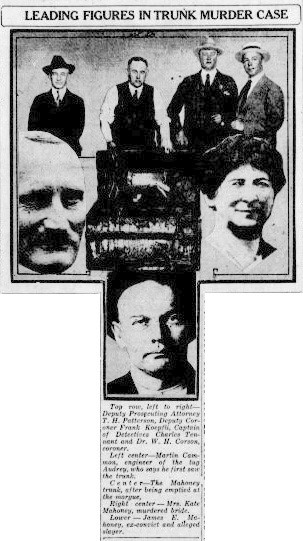

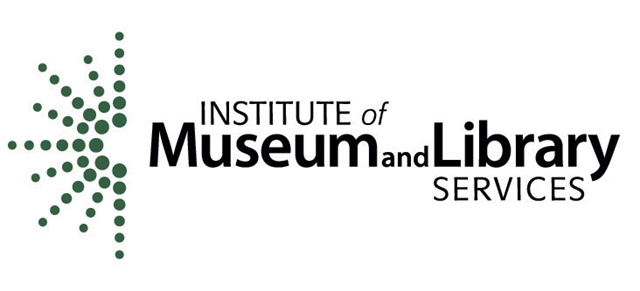
 In March 2015, the Oregon and Washington State Libraries co-hosted a summit of approximately 50 library, archives, and museum professionals to explore avenues for increased collaborative digitization throughout the region. The one-day meeting, held at the Oregon State Library in Salem, Oregon, featured presentations by collaborative projects at local, state, regional, and national levels and allowed participants to discuss topics ranging from leadership and funding of collaborative projects to metadata standards and shared infrastructure for digital projects.
In March 2015, the Oregon and Washington State Libraries co-hosted a summit of approximately 50 library, archives, and museum professionals to explore avenues for increased collaborative digitization throughout the region. The one-day meeting, held at the Oregon State Library in Salem, Oregon, featured presentations by collaborative projects at local, state, regional, and national levels and allowed participants to discuss topics ranging from leadership and funding of collaborative projects to metadata standards and shared infrastructure for digital projects.
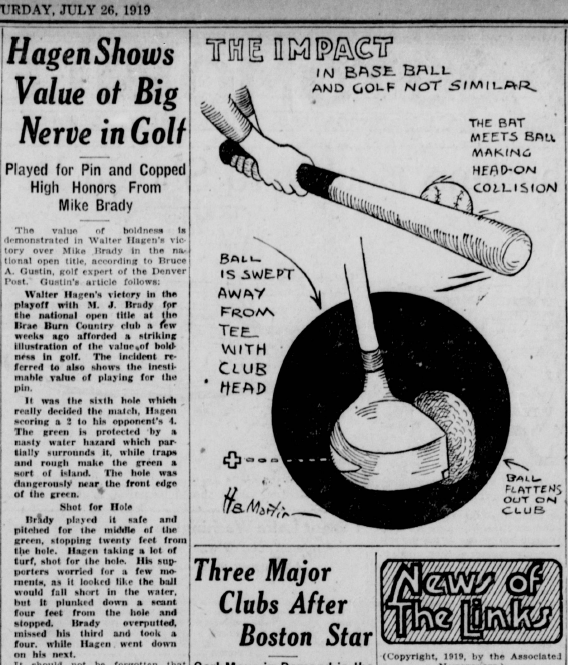

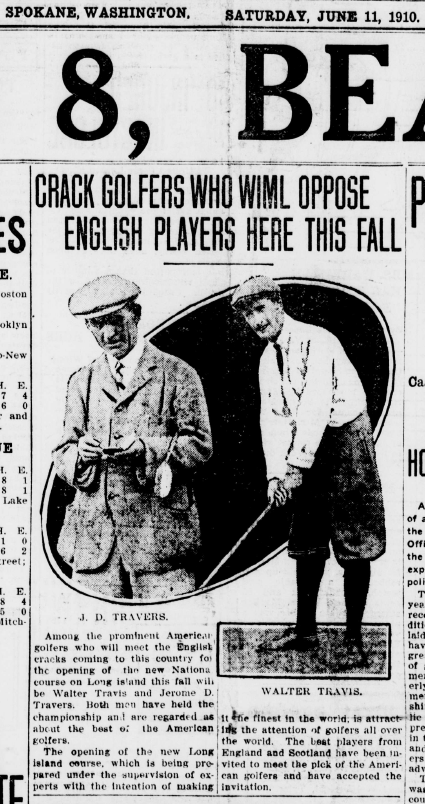

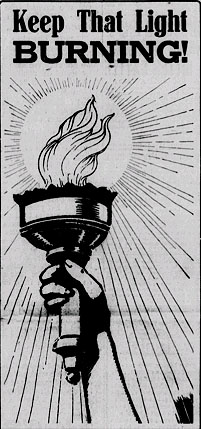 s occur from smudged or blurry originals.
s occur from smudged or blurry originals.

